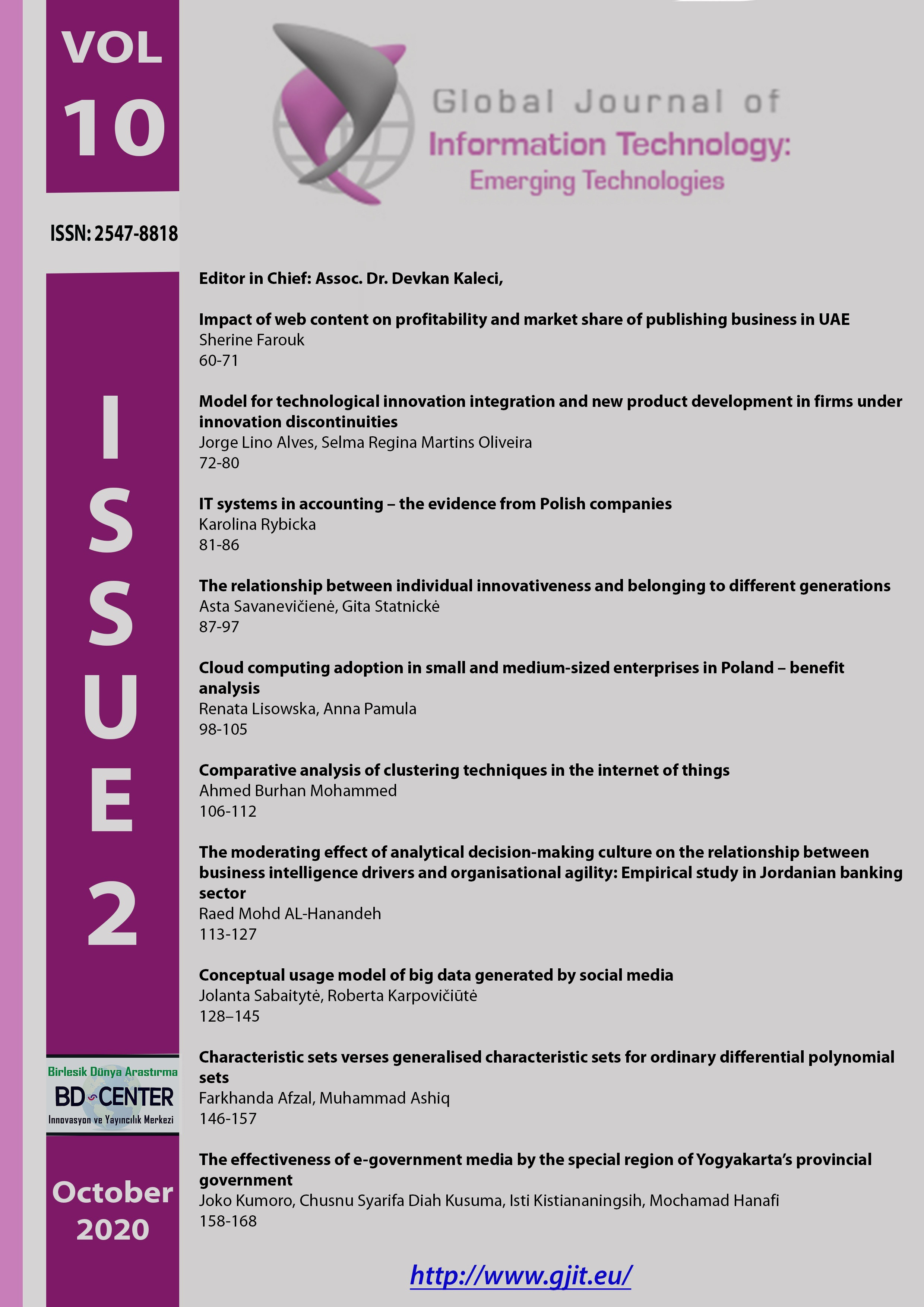Comparative analysis of clustering techniques in the Internet of Things
Main Article Content
Abstract
One of the most important topics in the last decade is the Big Data (BD) and how to link it and benefit from its consumption in different fields, included as the introduction in this research analysis of the BD belonging to devices of the Internet of Things. The concept of managing objects and exploring devices is connected to the Internet and sensors deployed in the world, all these devices are pumping a lot of data through the Internet of Things (IoT) into the world. In order to make the right decisions for people and things, BD using data mining techniques and machine language algorithms help make decisions. The Internet of Things that insert large amounts of data need to be studied, analysed and disseminated in order to access valuable, useful and bug-free information for the purpose of making the right decision and avoiding problems. In this paper, two clustering algorithms simple K-means and self-organising map (SOM) in IoT are presented. Next, comparing the clustering models’ output in the IoT data set that improved the SOM is better than K-means, but it is slower in creating the model.
Keywords: Internet of things (IoT), big data, machine learning, filtered cluster, K-means, SOM.
Downloads
Article Details

This work is licensed under a Creative Commons Attribution 4.0 International License.
Authors who publish with this journal agree to the following terms:- Authors retain copyright and grant the journal right of first publication with the work simultaneously licensed under a Creative Commons Attribution License that allows others to share the work with an acknowledgement of the work's authorship and initial publication in this journal.
- Authors are able to enter into separate, additional contractual arrangements for the non-exclusive distribution of the journal's published version of the work (e.g., post it to an institutional repository or publish it in a book), with an acknowledgement of its initial publication in this journal.
- Authors are permitted and encouraged to post their work online (e.g., in institutional repositories or on their website) prior to and during the submission process, as it can lead to productive exchanges, as well as earlier and greater citation of published work (See The Effect of Open Access).
